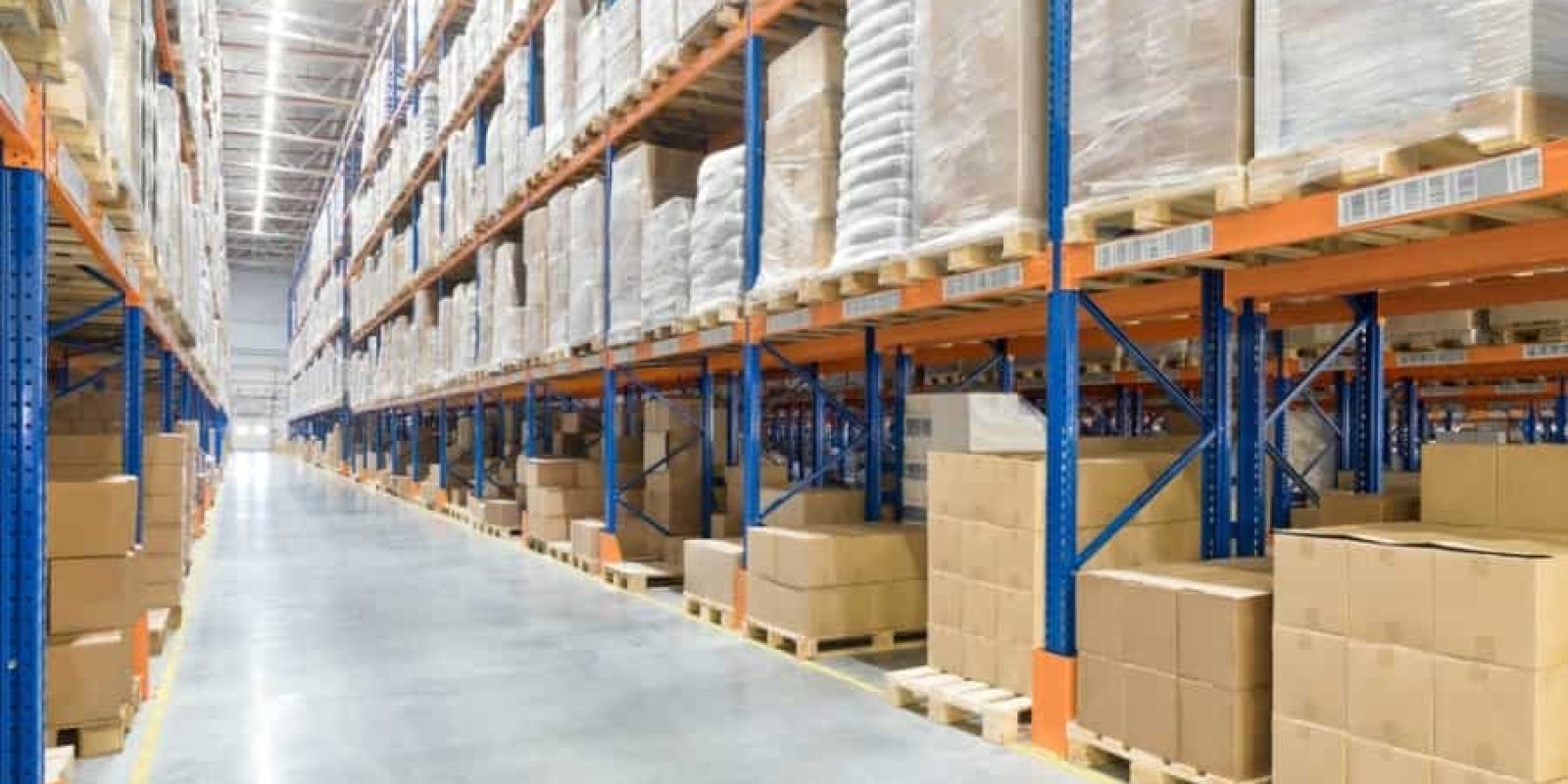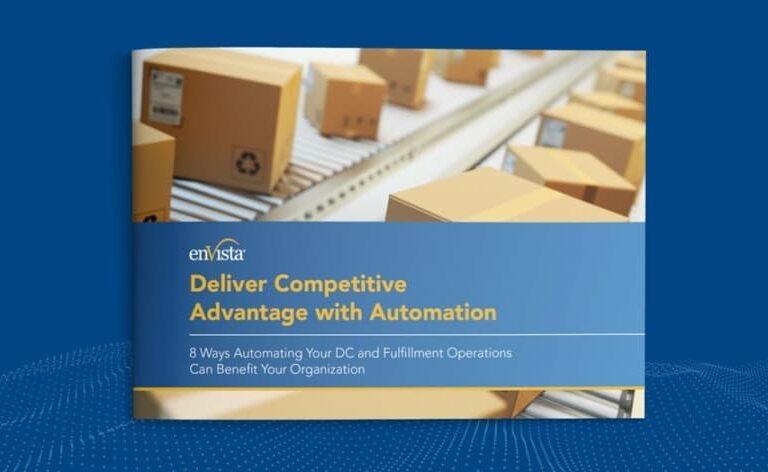Automation in the warehouse is steadily increasing, with Gartner’s Dwight Klappich stating that 50 percent of large enterprises will be leveraging some form of intralogistics smart robots by 2028. There are many discussions throughout the industry on what this will mean for the future of warehousing, but the first thing to consider is why this is happening in the first place.
There are three key macro-economic factors driving the growth in robotics and automation for the logistics industry: Labor availability, business costs and wage growth and consumer behavior and expectations.
Labor Availability
Labor availability, or lack thereof, is a major driver of the uptick of automation in the warehouse. As of July 2023, the unemployment rate is at just 3.5 percent, the lowest it has been in the last 50+ years. This historically low unemployment rate means that there are significantly more job openings than there are skilled workers available to fill them. In fact, there are five job openings for every three available people in the job market. Having this level of constraints on skilled labor is going to drive warehouse leaders to find ways to complete more tasks at a faster rate, and the best solution tends to be automation and robotics.
Business Costs and Wage Growth
U.S. business logistics costs are up year-over-year, with the U.S. Business Logistics Cost index (USBLC) standing at a record $2.3 trillion and e-commerce sales increasing by 8 percent in 2022. Not only is the cost of business increasing, but wages are growing as well. June 2023 saw a 5.97 percent year-over-year increase, which means that the cost of employing warehouse and logistics associates is rising. As this inflation persists, it is even more important for logistics leaders to find more cost-effective ways of doing business. With robotics and automation in the warehouse increasing productivity and optimizing the distribution of labor, there is a lot of return on investment to be seen from leveraging those tools.
Consumer Behavior and Expectations
With the Amazon Effect creating a “want it now” mentality in consumers, logistics leaders are under even more pressure to deliver better, faster results. To avoid having to invest in an unsustainable amount of labor and resources, logistics leaders can implement robotics and automation to meet rising expectations without doing damage to their profitability.
What is Warehouse Automation?
Automation in the warehouse is a very wide-reaching category. From material handling equipment (MHE) to robotics, there are dozens of automation tools available to warehouse leaders.
MHE focuses on the moving, storing and picking of goods in the warehouse. Just a few MHE tools are trailer/container unloading equipment, conveyors and sortation, automated guided vehicles, pick to belt or light, carousels, layer pickers and scan, label, apply, manifest (SLAM) lines. These tools take the burden off of associates to complete tedious and dangerous tasks like moving and picking goods and allow those tasks to be completed with higher efficiency and precision with the help of automation.
Robotics is another area of warehouse automation that focuses on the picking and moving of goods. A few examples of robotics systems are autonomous mobile robots, collaborative robots – also called Co-Bots, and palletizers.
Benefits of Warehouse Automation
Automation in the warehouse is incredibly valuable when it comes to the challenges that warehouse leaders are facing. While there are endless benefits to warehouse automation, four really stand out.
24/7 operations. Unlike humans, robots and MHE tools do not need to take breaks or operate in shifts. For tedious and repetitive tasks, automation can be constantly running in the background, providing significantly more productive time in the warehouse.
Increased throughput and efficiency. Automation systems can work much faster than humans can, meaning throughput in the warehouse will increase significantly. Robots do not tire throughout the day and they are able to maintain a level of consistency that is incredibly beneficial to warehouse operations.
Improved safety. In warehouses that do not leverage automation, associates are required to complete many more highly repetitive and physically demanding tasks. Rather than risking injury to your associates by putting all the heavy lifting on them, automation can take on those repetitive and dangerous tasks, allowing associates to complete more complex and intellectually stimulating tasks.
Reduced errors. Human error reduces drastically when automation is able to take over very repetitive and mundane tasks. Automation systems can complete tasks with incredible precision and consistency, ensuring that things get done right the first time and every time after that. This will increase customer retention as customers will be more likely to receive correct and on-time orders, and in-turn reduce returns, which can be costly to the business.
The Importance of The Human Touch
One of the biggest concerns regarding automation in the warehouse is how it will impact associates’ jobs in the warehouse. While some may be concerned about job loss as a result of automation, technology is not meant to displace human labor, rather to change the needs around labor. Just as there are limits to human labor, there are also limits to technology, and both are needed to reach operational excellence in the warehouse.
Ultimately, warehouse associate have a lot to gain from working alongside automation, including
- Elimination of physically taxing processes and tasks
- An increase in pay by 10 to 15 percent when transitioned into more highly specialized tasks
- Improved ergonomics and safety
- Reduced lost days
- Creation of new jobs that require human interaction/intervention with automation
While the above benefits will make great strides in improving associate satisfaction in the warehouse, there are a few steps that leadership can take to increase the human touch in their automation and/or robotics journey.
- Develop a clear strategy. When creating your strategy, ensure you are focusing on the solution, not the problem. What is the purpose of the automation and what benefit are you looking to get out of it. This will create a defined “why” for the project and make it much more seamless to get associate support.
- Prioritize retraining and upskilling. One of the perks of automation in the warehouse is that associates can move from mundane and repetitive tasks to more skilled and complex tasks. In order to facilitate this transition, it is important to provide upskilling opportunities to allow that vertical movement.
- Focus on job creation. To ease associates’ concerns about having their jobs replaced by automation, make sure to focus on what additional job opportunities can be created due to the automation. What systems will need human intervention and what new processes will be created that could involve human associates?
- Create a human-centric workplace culture. A good culture goes a long way in the warehouse. Ensure that your associates feel heard and valued in the roles they hold.
Automation is a vast industry with many options available to warehouses looking to invest. Start the process by gaining a deep understanding of your business’ needs, and don’t forget to include the needs and capabilities of your human labor in that assessment. People and automation thrive when they work together, so engage your associates up front so they feel involved in the process and understand what value they and the organization will gain from working with automation and robotics.
Want to hear more on this topic? enVista’s Tom Stretar and Cal Petty will be presenting on this topic at Parcel Forum 2023. Visit our website to learn how you can interact with enVista at the show.
Want to learn more about how automation could benefit your organization? enVista’s automation team is here to help. Let’s have a conversation.®






